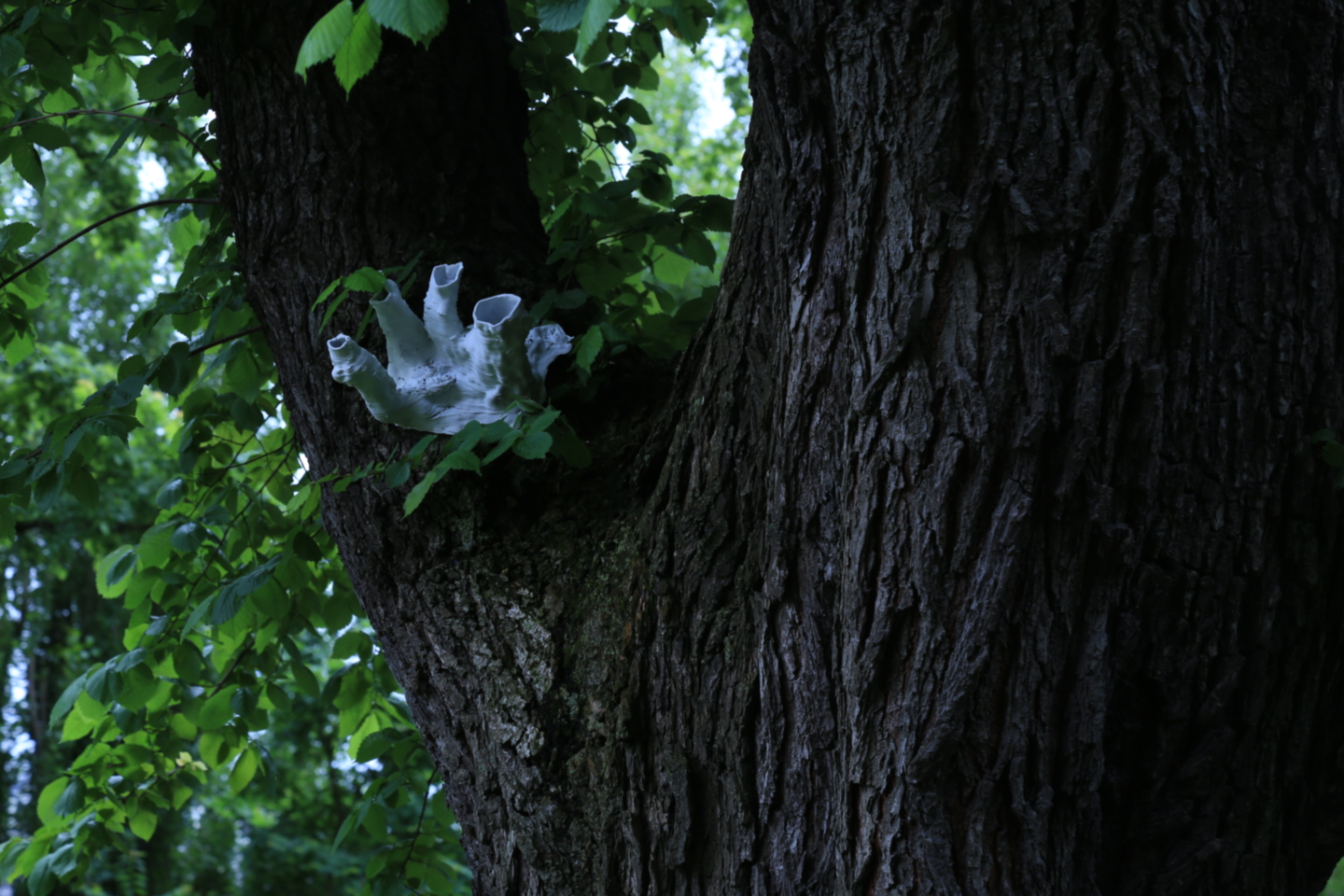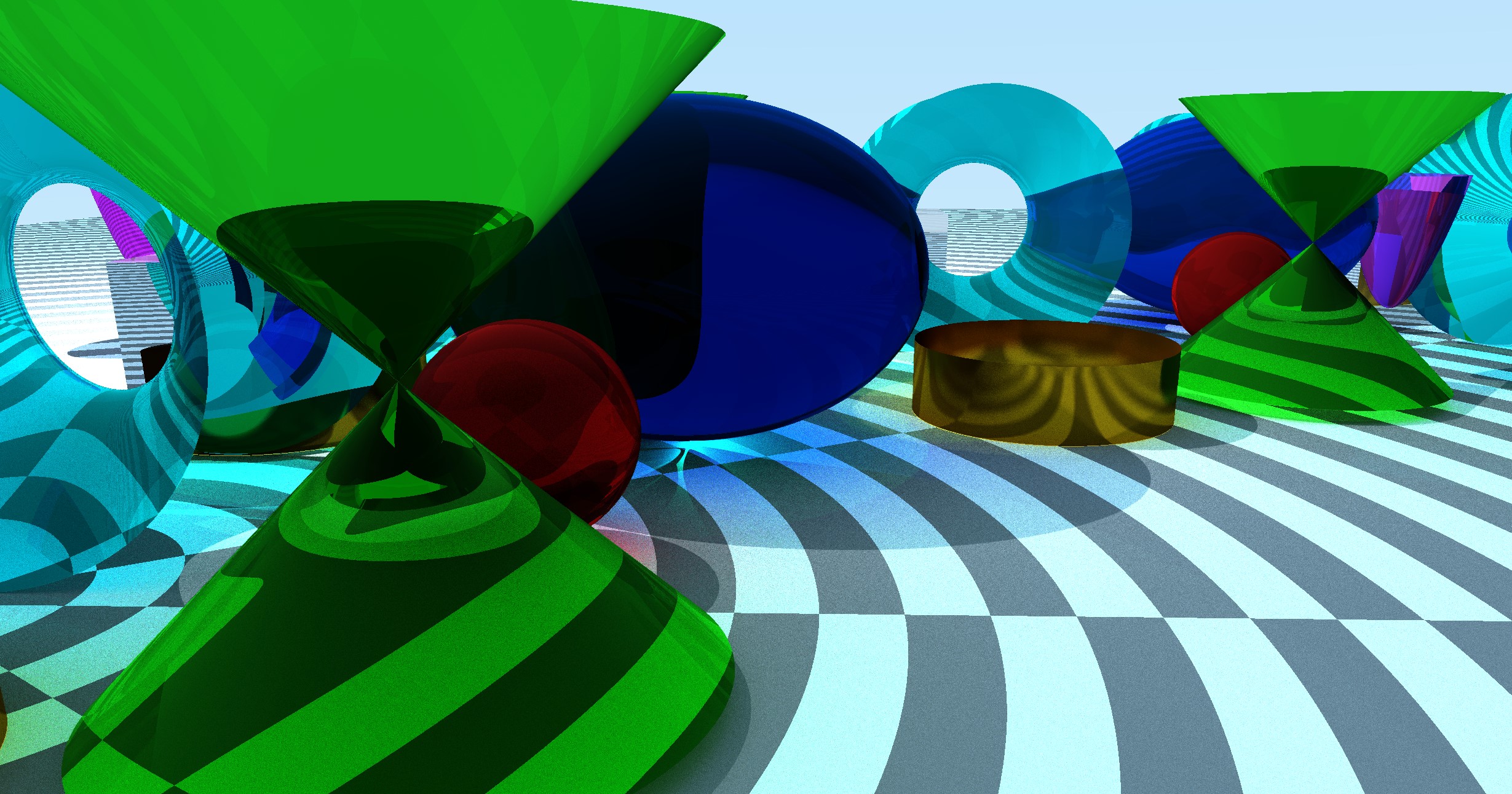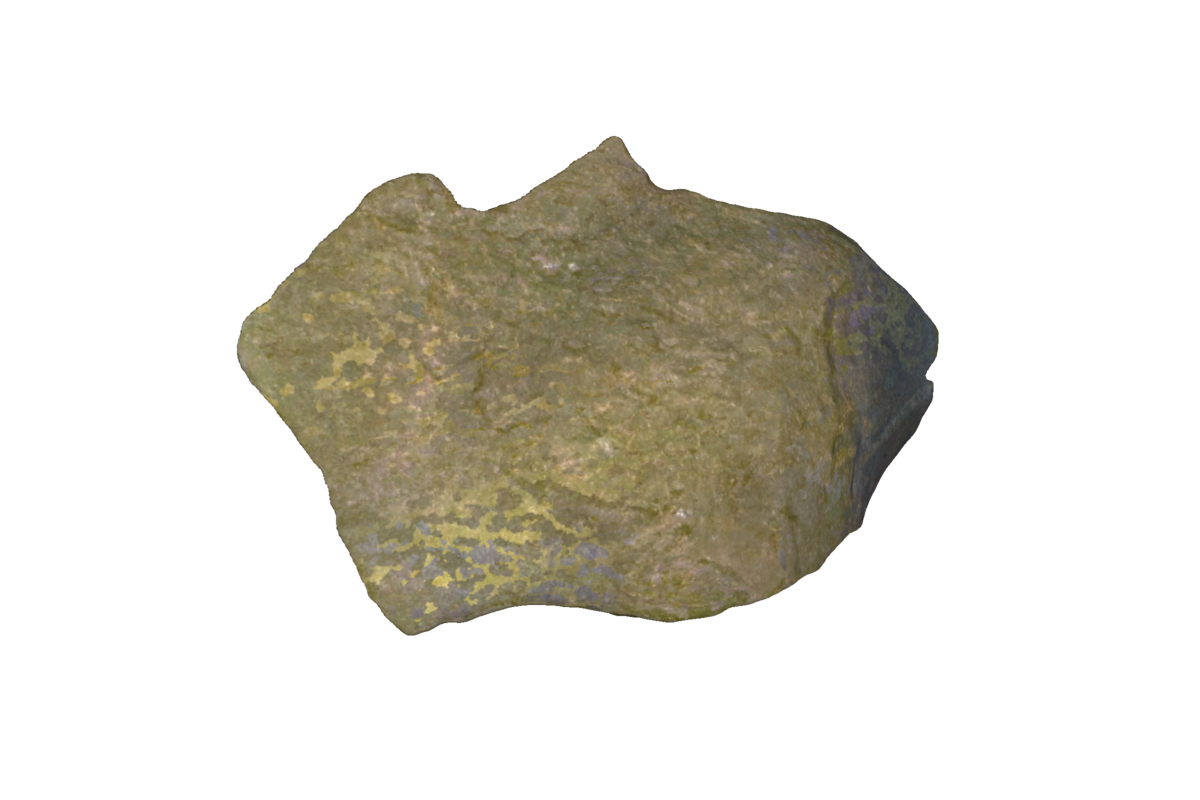
An artist article that discusses the theoertical and aesthetic elements of my work Epiphytic Memory. Published in Leonardo (MIT Press), vol 56, issue 5, 2023.

Here I discuss my project Epiphytic Memory (at the time called 'Houses for Plants by Plants') at the Australasian Association of Digital Humanities' Conference, 2021. This was in the context of a panel on art, and technology, with art-historian Bridie Lonie, and artist David Green.

Results and analysis of implementing monte-carlo light-transport methods (bi-directional path-tracing, image-space photon-mapping) in the real-time setting (DX12/DXR) on procedural surfaces.

Outlines a method to reconstruct objects that are traditionally hard to image using structure from motion. The above image illustrates the observed error - where blue is closer to the ground-truth. The aim is to make sure metric information is maintained when a real object is reconstructed, allowing for precise and relevant measurements. In general this research intends to allow archeologists a ‘non-invasive’ means to study archeological sites, where they no longer need to appropriate artifacts from a site, but instead can image them with a camera and perform analysis off-site.